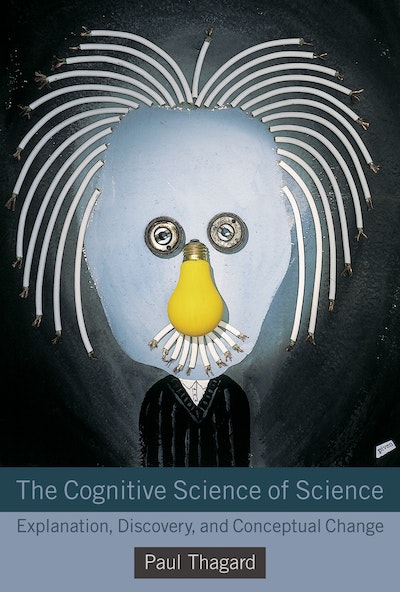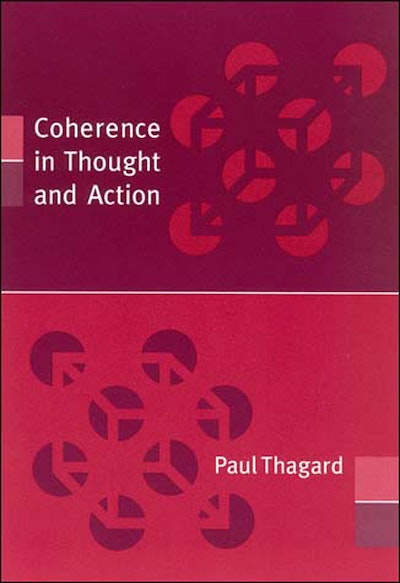- Published: 7 May 2024
- ISBN: 9780262548540
- Imprint: MIT Press
- Format: Paperback
- Pages: 312
- RRP: $65.00
Bots and Beasts
What Makes Machines, Animals, and People Smart?
- Published: 7 May 2024
- ISBN: 9780262548540
- Imprint: MIT Press
- Format: Paperback
- Pages: 312
- RRP: $65.00
“Paul Thagard's Bots and Beasts makes a significant contribution to cognitive science and public policy by addressing how to assess the many aspects of intelligence and make ethical choices that respect the crucial needs of humans and animals. The book's comprehensive inventory of intelligent features and mechanisms can be used to compare intelligence across humans, animals, and machines. I recommend this book to AI researchers and practitioners, cognitive scientists, policymakers, corporate leaders, animal lovers, and anyone interested in intelligence and the world's future.”
--Erik T. Mueller, Senior Director of Machine Learning Engineering, Capital One
“Paul Thagard's Bots and Beasts makes a significant contribution to cognitive science and public policy by addressing how to assess the many aspects of intelligence and make ethical choices that respect the crucial needs of humans and animals. The book's comprehensive inventory of intelligent features and mechanisms can be used to compare intelligence across humans, animals, and machines. I recommend this book to AI researchers and practitioners, cognitive scientists, policymakers, corporate leaders, animal lovers, and anyone interested in intelligence and the world's future.”
--Erik T. Mueller, Senior Director of Machine Learning Engineering, Capital One







